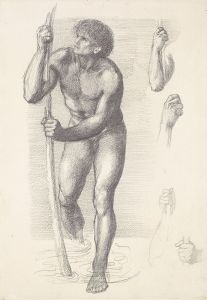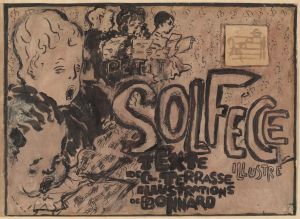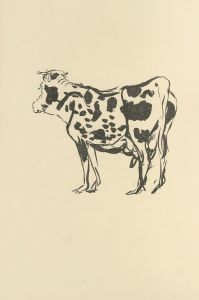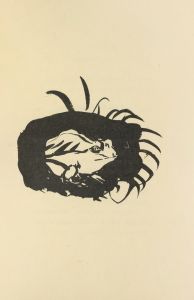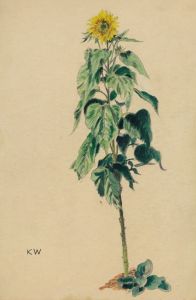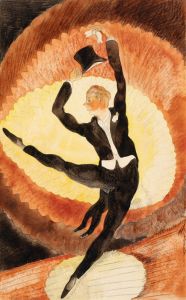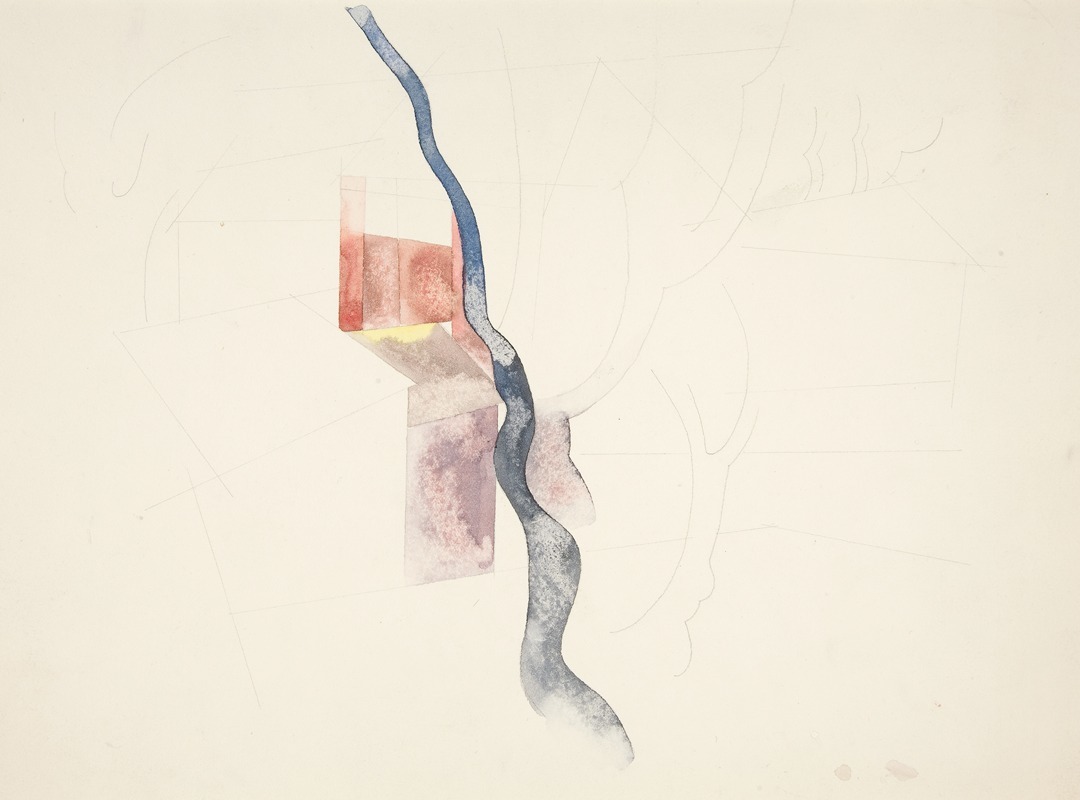
Tree Abstraction
A hand-painted replica of Charles Demuth’s masterpiece Tree Abstraction, meticulously crafted by professional artists to capture the true essence of the original. Each piece is created with museum-quality canvas and rare mineral pigments, carefully painted by experienced artists with delicate brushstrokes and rich, layered colors to perfectly recreate the texture of the original artwork. Unlike machine-printed reproductions, this hand-painted version brings the painting to life, infused with the artist’s emotions and skill in every stroke. Whether for personal collection or home decoration, it instantly elevates the artistic atmosphere of any space.
Charles Demuth was an American artist known for his contributions to the Precisionist movement, which emerged in the early 20th century. Precisionism was characterized by its focus on clean lines, geometric forms, and a sense of order and clarity, often depicting industrial and architectural subjects. Demuth's work often reflected these themes, though he also explored other subjects, including still lifes and abstract compositions.
"Tree Abstraction" is one of Demuth's works that showcases his interest in abstraction and his ability to distill natural forms into geometric shapes. While specific details about the painting "Tree Abstraction" are limited, it is consistent with Demuth's broader body of work, which often involved the abstraction of natural and architectural forms.
Demuth was born in 1883 in Lancaster, Pennsylvania, and he spent much of his life there. He studied at the Pennsylvania Academy of the Fine Arts in Philadelphia and later at the Académie Colarossi in Paris, where he was exposed to avant-garde movements such as Cubism and Fauvism. These influences are evident in his work, as he often incorporated elements of these styles into his own unique approach.
In "Tree Abstraction," Demuth likely applied his Precisionist sensibilities to the natural form of a tree, reducing it to its essential shapes and lines. This approach reflects a broader trend in early 20th-century art, where artists sought to capture the essence of their subjects through abstraction. By focusing on the structural elements of a tree, Demuth was able to explore the interplay between natural forms and geometric abstraction.
Demuth's work is often associated with the American modernist movement, and he was part of a circle of artists that included figures like Georgia O'Keeffe and Marsden Hartley. His paintings are known for their meticulous attention to detail and their ability to convey a sense of harmony and balance, even when depicting complex subjects.
Throughout his career, Demuth faced personal challenges, including health issues related to diabetes, which eventually led to his early death in 1935. Despite these challenges, he remained a prolific artist, producing a significant body of work that continues to be celebrated for its innovation and influence.
"Tree Abstraction" exemplifies Demuth's ability to blend natural and geometric forms, creating compositions that are both visually striking and intellectually engaging. His work remains an important part of the American art historical canon, and his contributions to the Precisionist movement have been recognized as pivotal in the development of modernist art in the United States.
While specific exhibitions or collections featuring "Tree Abstraction" are not widely documented, Demuth's work is held in numerous prestigious institutions, including the Metropolitan Museum of Art and the Whitney Museum of American Art. These collections help to preserve and promote his legacy, ensuring that his innovative approach to art continues to inspire future generations.






